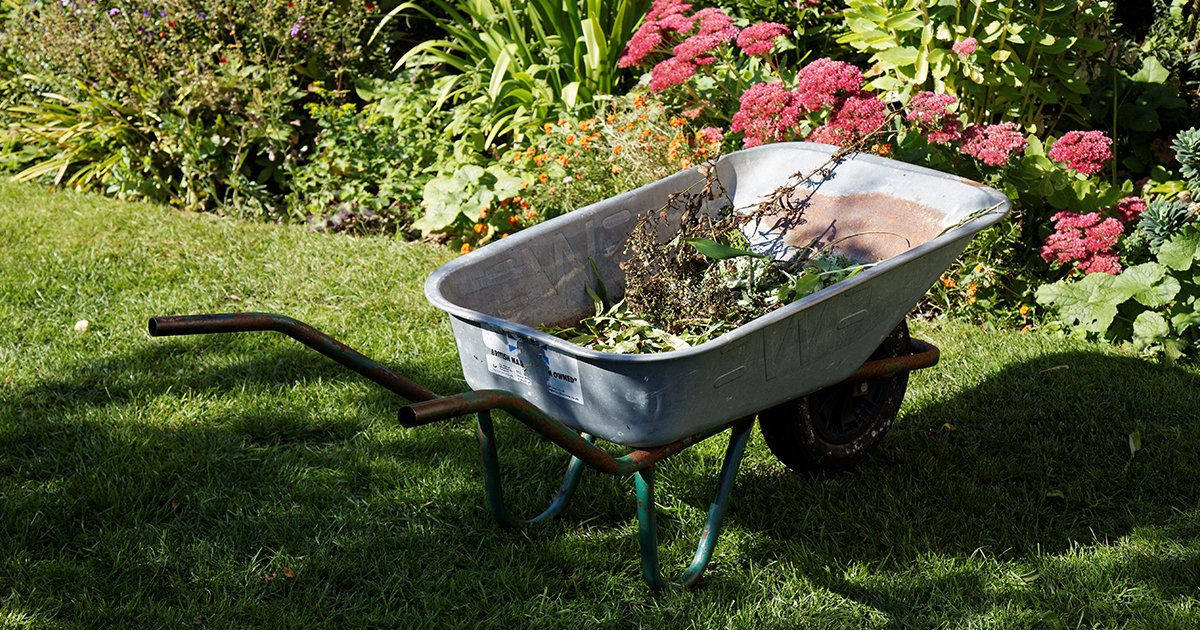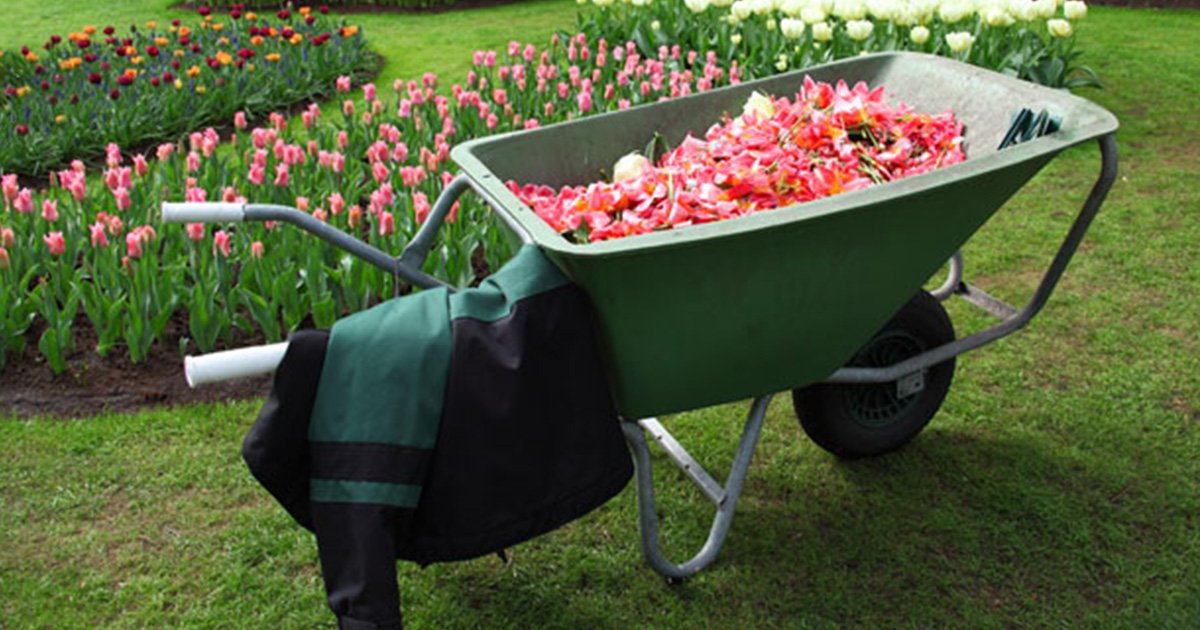A wheelbarrow can be your best buddy when it comes to gardening. It helps carry soil, plants, tools, and more, making your garden work easier. But finding the right wheelbarrow for your needs can be confusing with all the options available. Here are some simple tips to help you choose the best wheelbarrow for your garden:
Assess Your Garden Needs
Before buying a wheelbarrow, consider what you’ll be using it for. If you have a small garden or only need it for light tasks like moving leaves or compost, a smaller wheelbarrow will do. For larger gardens or heavier loads like soil or rocks, opt for a bigger, sturdier wheelbarrow.
Check the Capacity of Wheelbarrow
Wheelbarrows come in various sizes, so pick one that matches your workload. They’re measured in cubic feet or gallons. For light gardening, a 3-4 cubic feet wheelbarrow is ample. But for more extensive tasks, go for larger capacities like 6-8 cubic feet.
Consider the Material of Wheelbarrow
Wheelbarrows are made of different materials like plastic, steel, or wood. Each has its pros and cons. Plastic is lightweight and won’t rust, but it might not withstand heavy loads. Steel is sturdy but can be heavy. Wooden wheelbarrows look classic but need more maintenance. Choose the material that fits your gardening requirements.
Wheel Type Matters
The type of wheel affects maneuverability. Pneumatic (air-filled) wheels are excellent for navigating uneven terrain as they absorb shock. Flat-free or solid wheels are puncture-proof but might not handle rough ground as well. Select wheels that match your garden’s surface.
Handles and Grips of Wheelbarrow
Comfortable handles are crucial. Look for ergonomic grips that reduce strain on your hands and wrists. Some wheelbarrows come with padded handles, offering better comfort during prolonged use.

Stability and Balance
A well-balanced wheelbarrow is easier to handle. Check if it has proper weight distribution, ensuring it won’t tip over when loaded. Some models have dual wheels for increased stability, especially for heavier loads.
Maneuverability and Storage
Consider the wheelbarrow’s size concerning where you’ll store it. If space is limited, opt for a smaller, foldable model. Additionally, wheelbarrows with a narrower design can fit through tight spaces, allowing easier movement in smaller gardens.
Budget Consideration Wheelbarrow
Prices vary depending on the wheelbarrow’s size, material, and features. Set a budget and choose the best wheelbarrow that fits within it. Remember, investing a bit more in quality can save you money in the long run.
Reviews and Recommendations
Reading reviews or seeking recommendations from friends or gardening communities can provide valuable insights. Learn from others’ experiences to make an informed decision.
Warranty and Customer Support Service
Check if the wheelbarrow comes with a warranty. A good warranty protects you from manufacturing flaws. Also, consider the brand’s reputation for customer service in case you need assistance or spare parts.
By considering these factors, you’ll be better equipped to select a wheelbarrow that suits your garden needs perfectly. Take your time, think about your options, and make an educated decision. A reliable wheelbarrow can become your garden’s best companion, making your gardening tasks more manageable and enjoyable.

FAQ
What size wheelbarrow do I need for my garden?
The size of the wheelbarrow depends on your gardening tasks. For smaller gardens or light-duty work like moving leaves or compost, a wheelbarrow with a capacity of 3-4 cubic feet should suffice. However, for larger gardens or heavier loads such as soil or rocks, consider a wheelbarrow with a capacity of 6-8 cubic feet for better efficiency.
Which wheelbarrow material is the most durable?
Each wheelbarrow material has its advantages. Steel wheelbarrows are durable and sturdy but might be heavier. Plastic wheelbarrows are lightweight and rust-resistant but may not withstand heavy loads. Wooden wheelbarrows have a classic look but require more maintenance. For heavy-duty tasks, a steel wheelbarrow is often considered the most durable option.
Are pneumatic or solid wheels better for a wheelbarrow?
Pneumatic wheels, filled with air, are excellent for maneuverability over uneven terrain as they absorb shock. However, they can puncture. Solid or flat-free wheels are puncture-proof but might not handle rough ground as well. Choose pneumatic wheels for better shock absorption and maneuverability unless you’re working in an area with sharp debris.
What features should I look for in wheelbarrow handles?
Look for handles with ergonomic grips that reduce strain on your hands and wrists. Padded handles offer better comfort during prolonged use. Ensure the handles are comfortable and easy to grip, allowing you better control while using the wheelbarrow.
How do I ensure stability when selecting a wheelbarrow?
Stability is crucial for safe usage. Look for a wheelbarrow with proper weight distribution and a well-balanced design to prevent tipping when loaded. Some models come with dual wheels for increased stability, especially when carrying heavier loads. Ensure the wheelbarrow you choose feels balanced and steady when loaded to ensure safe handling in your garden.
